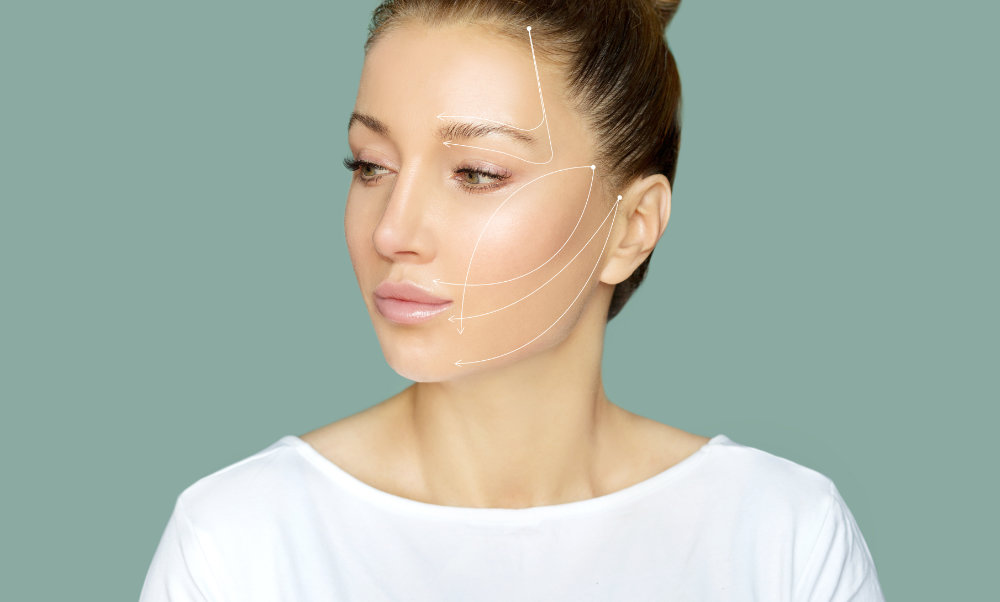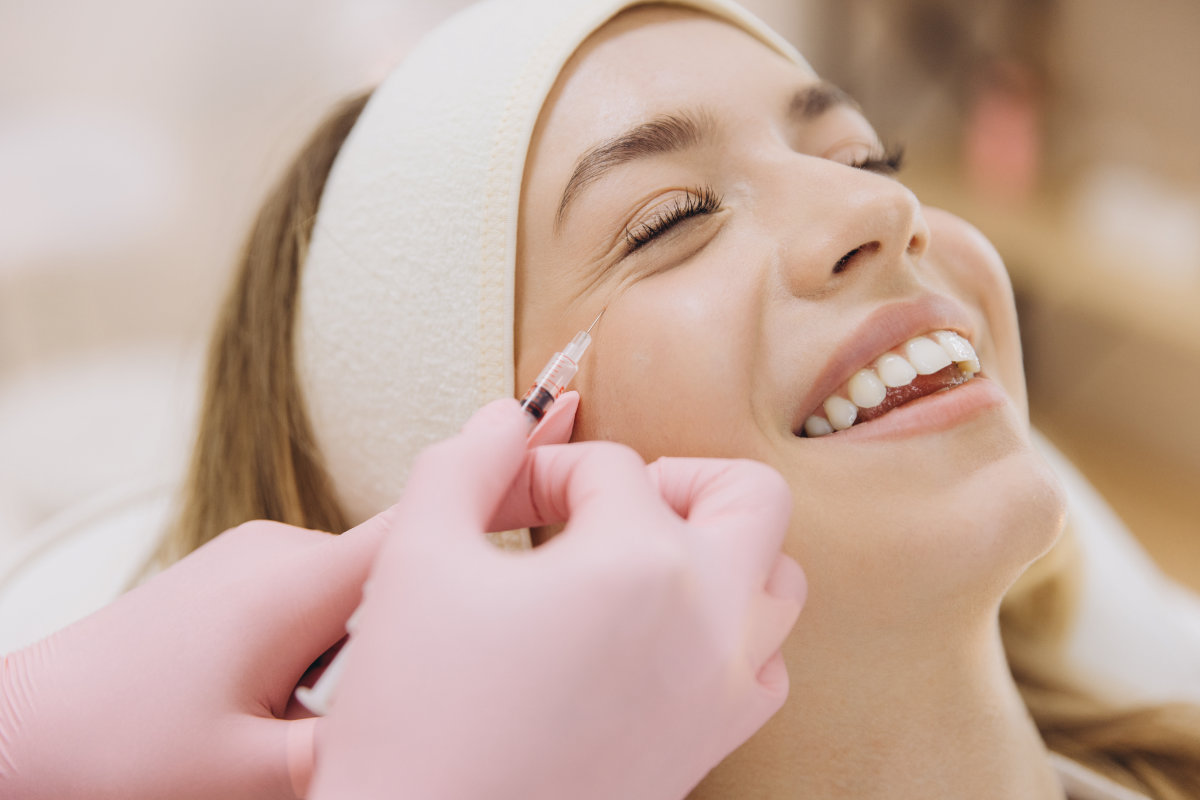Are you looking to learn more about PRP (Platelet Rich Plasma) Injection? If so, you’ve come to the right place! In this article, we’ll explore the benefits of PRP treatment, how it works, and the different types of PRP therapy. We’ll also look at how PRP treatment differs from other treatments and the possible risks and side effects of the therapy.
What Is PRP (Platelet Rich Plasma) Injection?
Platelet Rich Plasma (PRP) Injection is a non-surgical treatment that uses a patient’s own blood to promote healing. PRP is a concentration of platelets, growth factors, and proteins that are found naturally in the blood. It has been used for many years to treat various injuries and medical conditions.
The PRP used for injections is derived from the patient’s own blood, which is drawn and then processed in a centrifuge. This process concentrates on the platelets and the other components. The resulting PRP solution is then injected into the area of injury or for cosmetic rejuvenation.
PRP Injection is an effective and safe treatment option for many conditions and injuries. It is used to treat everything from chronic tendon and ligament injuries to arthritis. It is also used to promote the healing of soft tissue injuries and to speed up the healing of surgical wounds. It can be used to reverse signs of aging on the face, and dark circles under the eyes, and to improve hair growth.
Benefits of PRP Treatment
The key benefit of PRP injection is that it promotes healing and tissue regeneration. The concentrated platelets and growth factors found in PRP can help stimulate the body’s natural healing process and improve collagen formation. The growth factors in PRP also help to reduce inflammation and pain, while the platelets help to speed up the healing process, and can signal stem cells in the body to the area of the injection.
PRP injections are also beneficial because they are non-surgical and minimally invasive. PRP injections are relatively quick and easy. The entire procedure can be completed in less than 30 minutes.
Finally, PRP injections are safe and effective. The use of a patient’s own blood eliminates the risk of allergic reactions or other adverse reactions. In addition, the treatment is highly targeted, so it can be used to treat specific areas of injury or the face and scalp.
How Does PRP Work?
To understand how PRP works, it is important to understand how the body heals itself. When an injury or medical condition occurs, the body releases growth factors and proteins to promote healing and tissue regeneration. The growth factors and proteins attract stem cells and other cells to the area of injury or medical condition.
The PRP injection works by increasing the concentration of platelets and other components in the injured area. When the concentrated platelets are activated, they release a surge of growth factors that promote the recruitment of stem cells and other repair cells such as fibroblasts. This process can help speed up healing and promote tissue regeneration.
What Are the Different Types of PRP Therapy?
There are several different types of PRP therapy available. The most common types of PRP therapy include:
1. Autologous PRP
Autologous PRP is PRP derived from the patient’s own blood. This is the most common type of PRP therapy and is used to treat many injuries and medical conditions.
2. Allogeneic PRP
Allogeneic PRP is PRP derived from a donor’s blood. This type of PRP is used to treat conditions that require a larger volume of PRP than can be derived from the patient’s blood.
3. Synthetic PRP
Synthetic PRP is PRP produced synthetically in a laboratory. This type of PRP is not derived from a donor’s blood and is used to treat conditions that require a higher concentration of PRP than can be derived from the patient’s own blood.
How Does PRP Treatment Differ from Other Treatments?
PRP treatment differs from other treatments in several ways. First, it is non-surgical and minimally invasive.
Second, PRP treatment is relatively quick and easy. The entire procedure can be completed in less than 30 minutes. In contrast, other treatments such as surgery can require a long recovery time.
Third, PRP treatment is highly targeted. The injection is designed to target a specific area of injury or aesthetic concern. This means that the treatment can be tailored to the individual needs of the patient.
Finally, PRP treatment is safe and effective. The use of the patient’s own blood eliminates the risk of allergic reactions or other adverse reactions.
What Are the Risks of PRP Therapy?
Although PRP therapy is generally considered to be safe and effective, there are some risks associated with the treatment. The most common risks include:
1. Infection
The risk of infection is low, but it is possible that the injection site could become infected.
2. Bleeding
The risk of bleeding is low, but it is possible that the injection site could bleed.
3. Pain
The risk of pain is low, but it is possible that the injection site could become painful or that the patient could experience some discomfort during the procedure.
What Are the Side Effects of PRP Therapy?
The most common side effects of PRP therapy include:
1. Bruising
The risk of bruising is low, but it is possible that the injection site could become bruised.
2. Swelling
The risk of swelling is low, but it is possible that the injection site could become swollen.
3. Redness
The risk of redness is low, but it is possible that the injection site could become red.
4. Pain
The risk of pain is low, but it is possible that the injection site could become painful or that the patient could experience some discomfort during the procedure.
5. Numbness
The risk of numbness is low, but it is possible that the injection site could become numb.
Conclusion
PRP (Platelet Rich Plasma) Injection is a safe and effective non-surgical treatment that can be used to treat a wide range of injuries and medical conditions. The injection works by increasing the concentration of platelets and other components in the injured area, which helps to speed up the healing process and promote tissue regeneration. There are several different types of PRP therapy available, and the treatment is relatively quick and easy.
There are some risks associated with PRP therapy, such as infection, bleeding, allergic reaction, and pain. However, the risks are generally low, and the treatment is generally considered to be safe and effective. The most common side effects of PRP therapy include bruising, swelling, redness, pain, and numbness.
If you’re looking for a safe and effective treatment option for an injury or medical condition, PRP (Platelet Rich Plasma) Injection may be the right choice for you. Here at The Youth Fountain in Freehold, New Jersey we offer PRP treatments to our patients mostly to treat signs of aging, improve hair growth, and dark circles under the eyes. We always thoroughly evaluate our patients to make sure they are candidates for the treatment.



